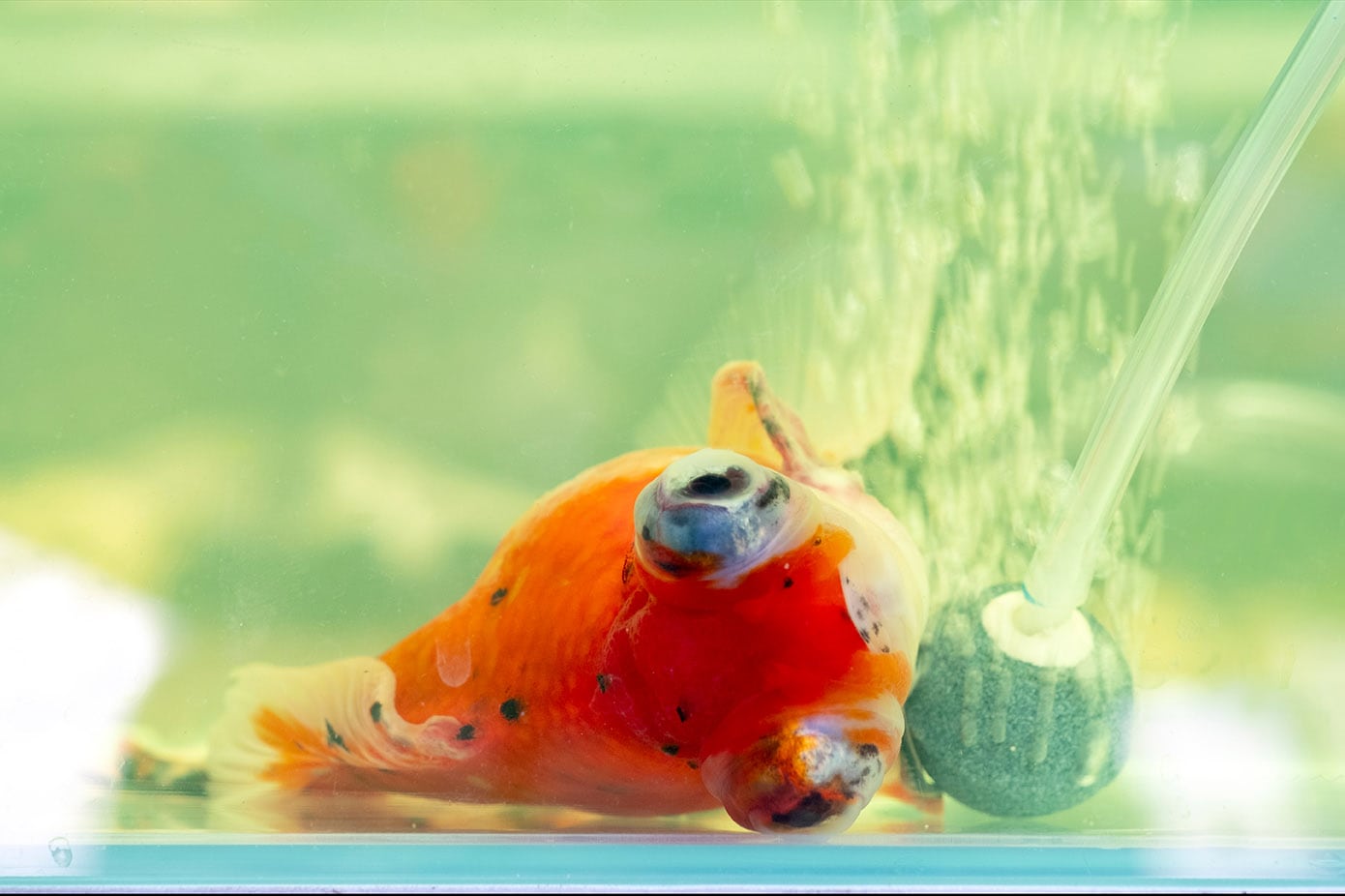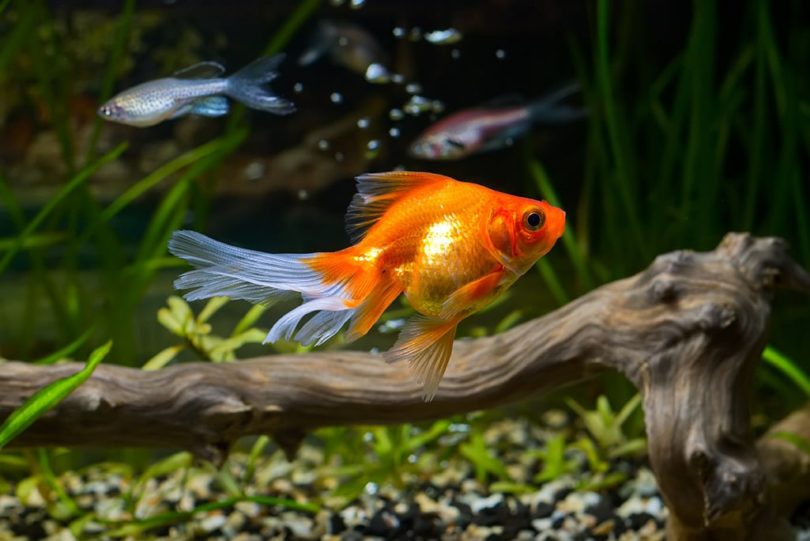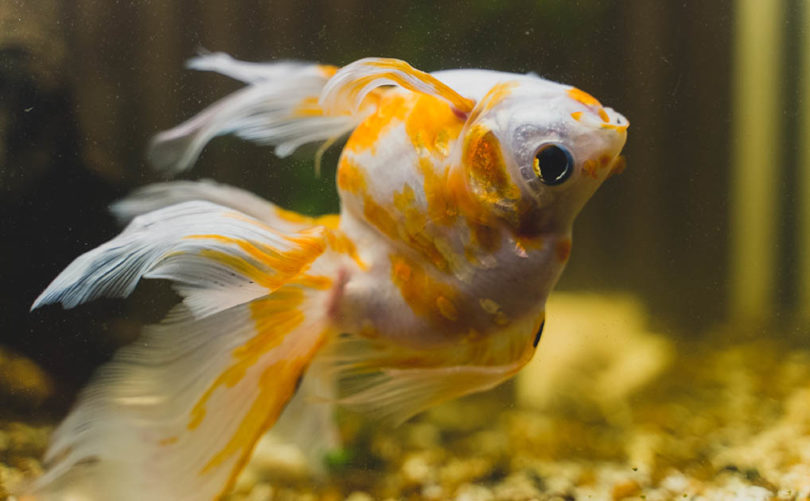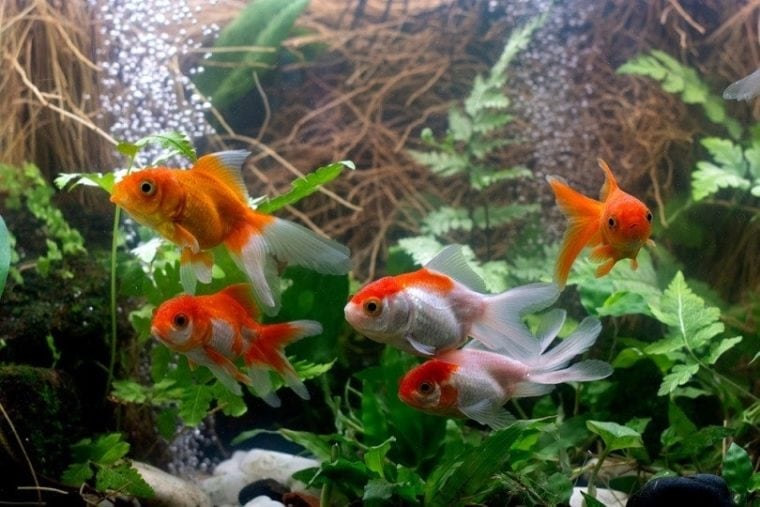
It can be extremely overwhelming to set foot on the aisle at the pet store filled with various chemicals for fish tanks. How do you know what you need to keep your goldfish tank healthy? Do you actually need any of those chemicals, for that matter?
To keep your goldfish healthy, it’s important for you to understand what these chemicals do. There are many products on the market, so it’s understandably quite confusing to try to select a product, especially if you don’t understand what your goldfish tank needs. Here are some of the chemicals and additives for aquariums with an explanation of what they do and why you may (or may not!) need them.
The 9 Basic Chemicals & Additives for a Goldfish Tank
1. Dechlorinator
Tap water contains a variety of additives, and chlorine is one of the most dangerous to your fish. Chlorine is added to tap water to help keep it clean and sanitary, but it can cause burns, slime coat damage, and even death to your fish.
A dechlorinator is absolutely a necessary chemical additive for your goldfish’s tank, especially if you are using tap water. RO and distilled water don’t contain chlorine, but it also lacks many of the other minerals needed by your fish.
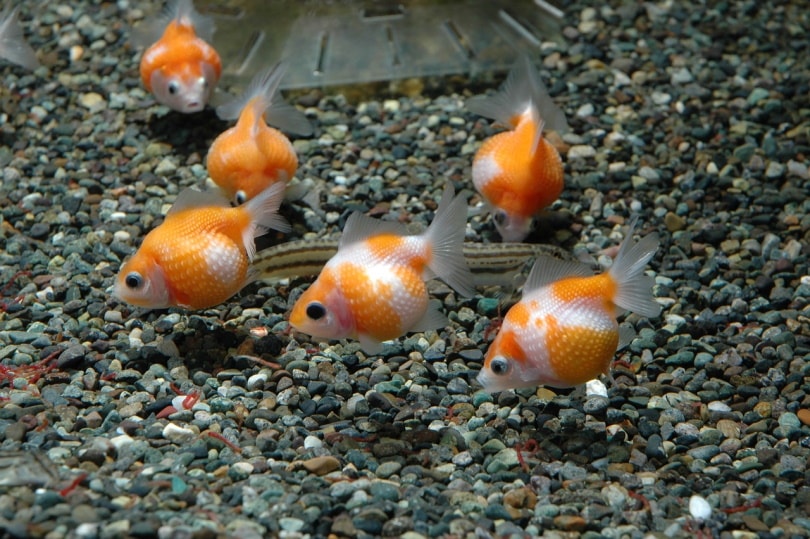
2. Bottled Bacteria
Beneficial bacteria are an essential part of keeping your aquarium clean and healthy. Once your tank is fully cycled, it should contain its own colonies of beneficial bacteria. Sometimes, though, bottled bacteria can be used to help reset the cycle after a crash or to help a tank adjust to an increase in the number of fish in the tank. Bottled bacteria is not necessary in most situations, but it can be a beneficial tool for your tank.
Understanding the intricacies of water filtration can be tricky, so if you're a new or even experienced goldfish owner who wants a bit more detailed information on it, we recommend that you check out Amazon for the best-selling book, The Truth About Goldfish.
It covers all you need to know about creating the most ideal tank setup, goldfish care, and more!
3. Ammonia, Nitrite, and Nitrate Neutralizers
Neutralizing chemicals can help you keep your fish safe while you cycle your tank. These products can be especially beneficial if you are performing a fish-in cycle in your tank. While they do not remove dangerous products from the water, these products neutralize ammonia, nitrite, and/or nitrate. This means that these chemicals are converted to safer forms that will be less harmful to your fish than the original form is.
Not every tank needs these additives on a regular basis, and some tanks may never need them. Some of these products also neutralize chlorine and chloramines, allowing them to double as a dechlorinator. However, their ability to neutralize ammonia and nitrite slows the formation of helpful bacterial colonies in a fish tank’s filter. In addition, these products cannot guarantee safety or no harm to your fish. It’s best to cycle a tank without any fish to avoid these issues.
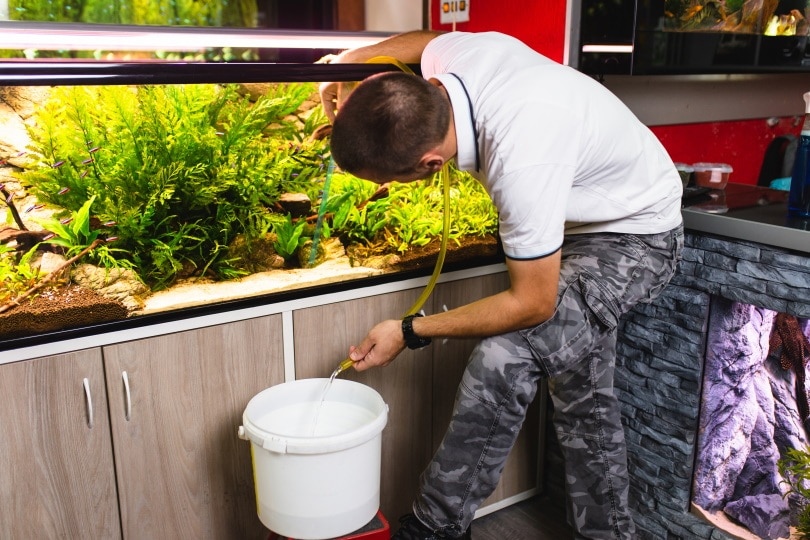
4. Algaecide
If you’re having a major algae issue in your tank, you may consider using an algaecide. Algaecides aren’t the only way to deal with algae, though, as it can be caused by a variety of factors, including excessive lighting and nutrient-rich water. Some animals may be sensitive to algaecides, and these chemicals should be used cautiously in your goldfish’s tank. Many people would consider the use of an algaecide to be the last resort in treating tank algae.
5. Water Clarifiers
If you’re having trouble with water clarity, a water clarifier may sound like just what you need. While they can be helpful, water clarifiers are largely unnecessary. Water clarifiers don’t remove waste from the tank, so they don’t improve the overall cleanliness of the tank.
Water clarifiers simply help waste in the tank clump together to make it easier to clean out. It also limits the amount of waste that gets kicked up when you clean the tank. However, water clarifiers are not a necessary product for a tank with proper filtration and a regular cleaning schedule.

6. Soothing Additives
Some products are formulated to soothe a damaged slime coat or simply reducing stress on your fish. These soothing additives can be beneficial for a fish that is recovering from an injury, adjusting to a new tank, or healing after an illness. Soothing additives aren’t necessary for the average healthy goldfish in a cycled tank. However, they can be an excellent way to help your goldfish adjust or heal.
7. Aquarium Salt
Although goldfish are freshwater fish, aquarium salt can be another beneficial additive to help your goldfish heal after injury or illness. Some people keep a small amount of aquarium salt in their goldfish tank at all times, but this isn’t needed for most tanks.
Since goldfish are freshwater fish, it’s important to ensure that you are properly measuring the salt you are adding to the tank. You also need to be aware that aquarium salt doesn’t evaporate with the tank water, so water changes are a requirement to remove the aquarium salt. If you keep topping off the water in your tank and adding aquarium salt, you will end up with a dangerous salt level for your goldfish. Aquarium salt is also contraindicated if you have live plants in your aquarium.
8. pH Adjusters
There are a variety of products on the market that can help to adjust the pH of your tank water, whether it needs to be acidified, alkalized, or neutralized. The problem with these products is that they can cause rapid pH swings, especially if used incorrectly. Goldfish are hardy fish that can adjust to a variety of pH levels. However, they are not able to tolerate rapid swings in pH levels. By using pH adjusters, you may unintentionally harm your goldfish.
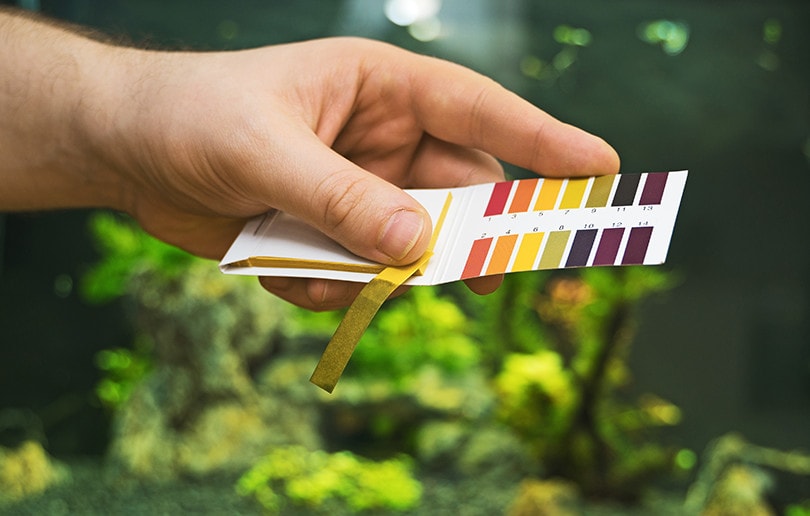
9. Liquid Fertilizers
Liquid fertilizers are used for planted aquariums to quickly re-dose fertilizer for your plants, while not harming your fish. Goldfish are notorious for picking at and eating substrate, so substrate fertilizers aren’t the best choice for their tanks. A liquid fertilizer might be a better choice. However, overdosing these fertilizers can lead to an algae bloom.
In Conclusion
Dechlorinators are necessary to make your tank water safe for your goldfish. Neutralizers may be necessary, especially in a tank that isn’t fully cycled. There are a variety of products that can benefit your fish, especially if they are stressed, injured, or ill. Many products on the market are unnecessary for your goldfish tank, including pH adjusters, which often risk causing more harm than good.
- You might also like: Make a Deep Sand Bed for Aquariums in 6 Easy Steps
Featured Image Credit: gunungkawi, Shutterstock



